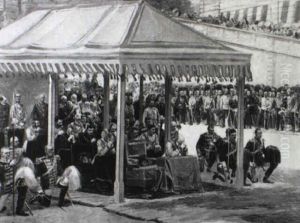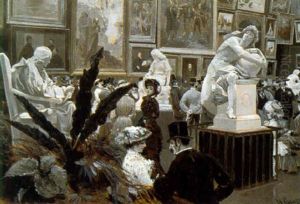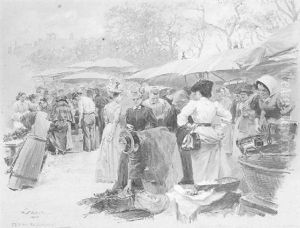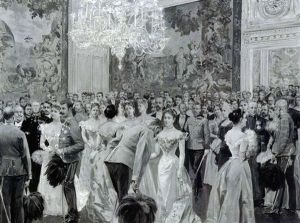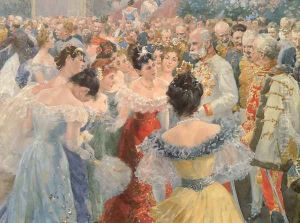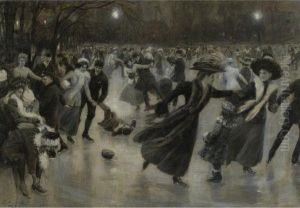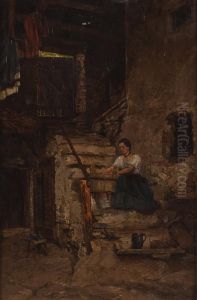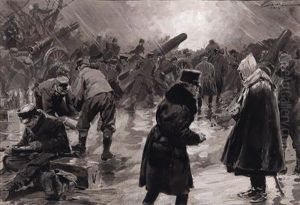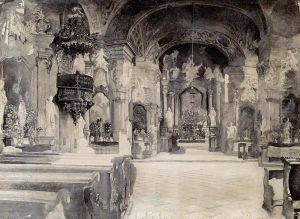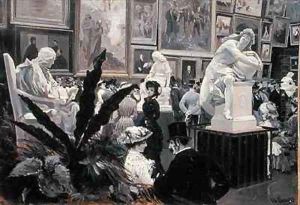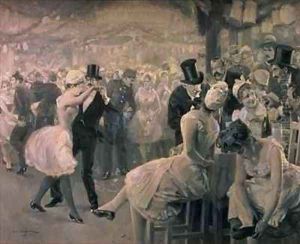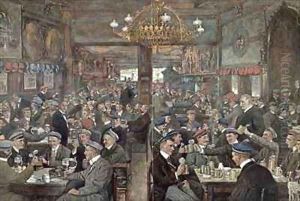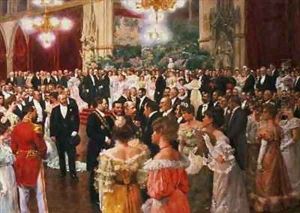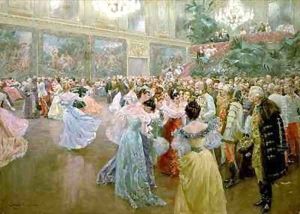Wilhelm Gause Paintings
Wilhelm Gause was a significant figure in the world of art, known for his detailed and vivid historical paintings as well as his urban and social scenes. Born on March 27, 1853, in Heilbronn, Germany, Gause's artistic journey began at an early age, influenced by the rich cultural and historical heritage of his homeland. He pursued his artistic education at the Academy of Fine Arts Vienna, where he was exposed to and inspired by the works of classical and contemporary masters.
During his career, Gause developed a distinctive style that combined meticulous detail with a keen observation of social and historical contexts. He became particularly renowned for his ability to capture the essence of urban life and its dynamics, making his works valuable documents of the time's social fabric. His paintings often depicted scenes from everyday life, imbued with a sense of realism and attention to detail that brought the subjects to life.
One of Gause's most famous works is 'Court Ball at the Hofburg,' a painting that showcases his skill in depicting intricate details and his ability to capture the opulence and grandeur of the Austro-Hungarian Empire. This painting, among others, highlights Gause's fascination with the pomp and circumstance of the era, as well as his critical eye for the social hierarchies and interactions of his time.
Despite his focus on historical and urban scenes, Gause's work also touched upon the changes and tensions in society, reflecting the broader shifts occurring in Europe at the turn of the 20th century. His art provides a window into the past, offering insights into the cultural and social dynamics of the period.
Wilhelm Gause's contributions to art were cut short by his untimely death on June 13, 1916, in Vienna, Austria. Nevertheless, his legacy lives on through his paintings, which continue to be celebrated for their historical significance, technical mastery, and insightful portrayal of society. Gause remains a respected figure in the world of art, with his works held in high regard in museums and collections around the globe.




